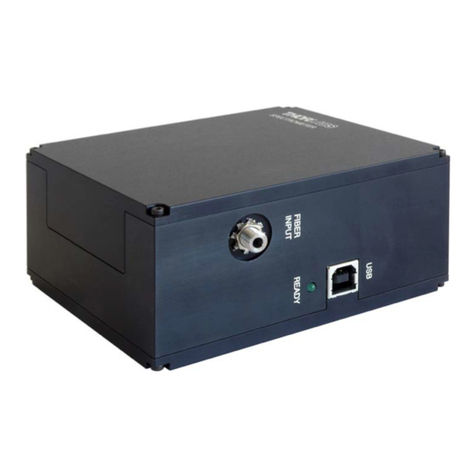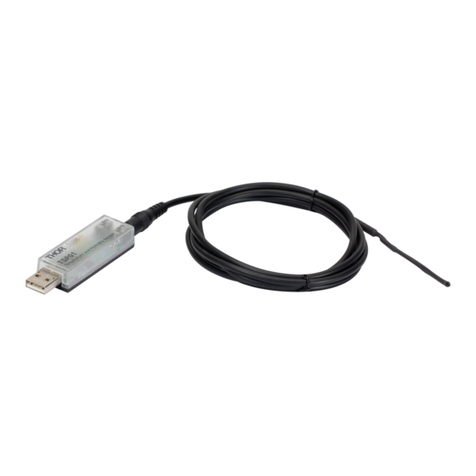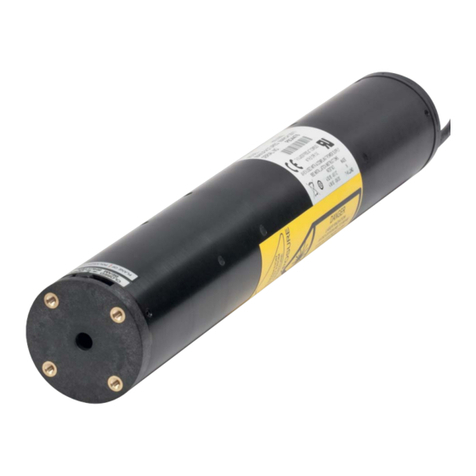THORLABS Chromatis User manual
Other THORLABS Measuring Instrument manuals
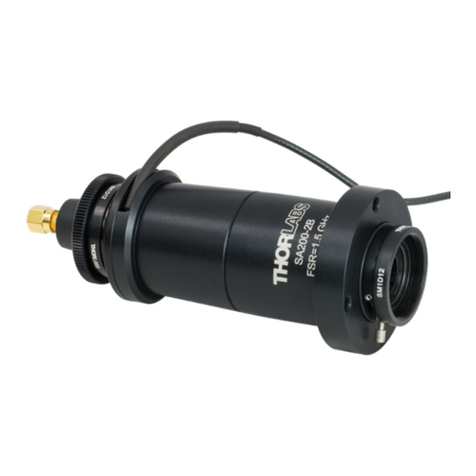
THORLABS
THORLABS SA200 Series User manual
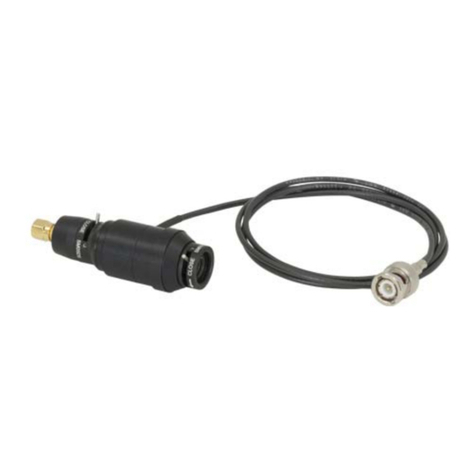
THORLABS
THORLABS SA210 Series User manual
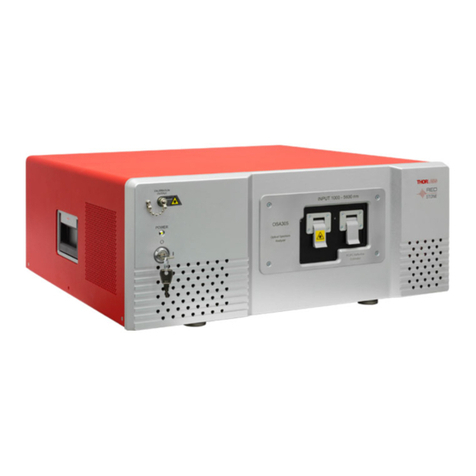
THORLABS
THORLABS Redstone OSA305 User manual

THORLABS
THORLABS S120 User manual
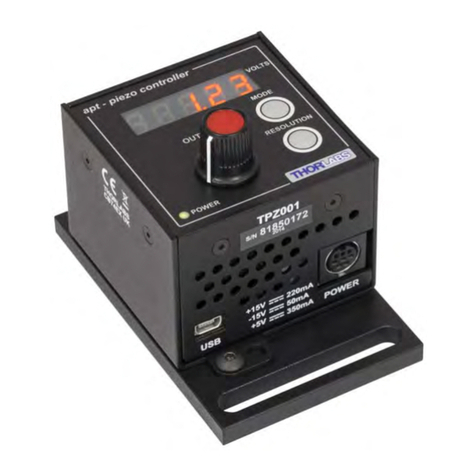
THORLABS
THORLABS TPZ001 User manual
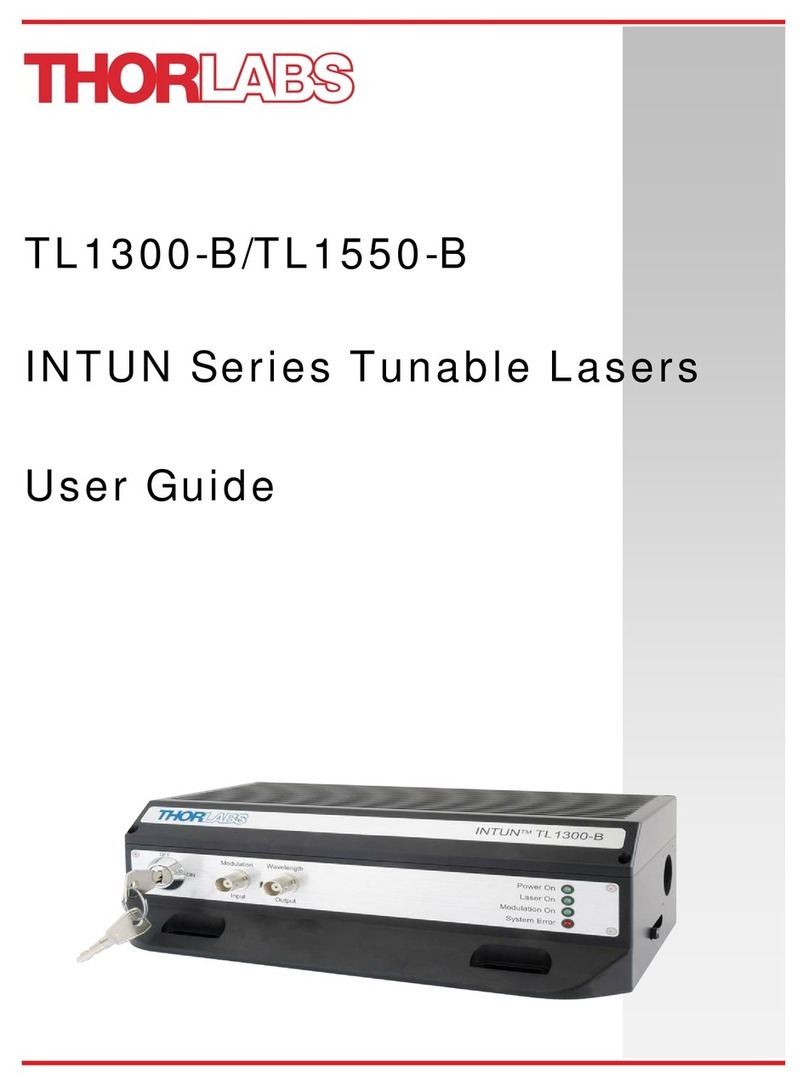
THORLABS
THORLABS INTUN Series User manual
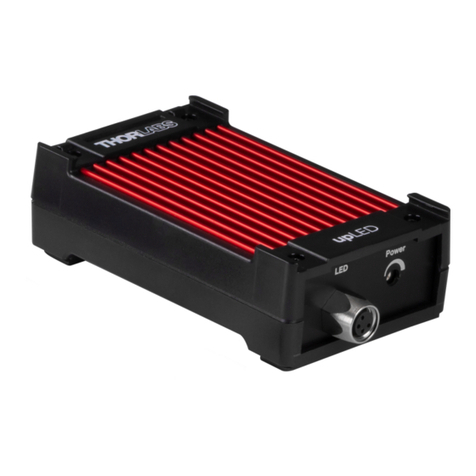
THORLABS
THORLABS upLED User manual
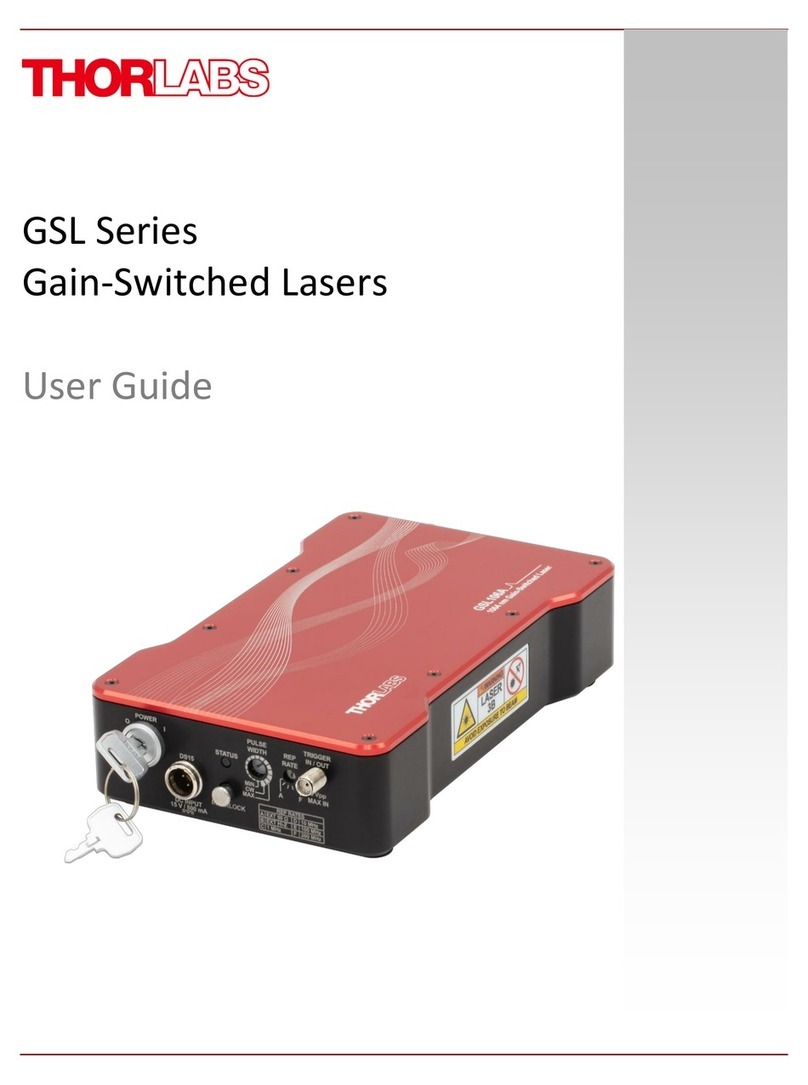
THORLABS
THORLABS GSL Series User manual
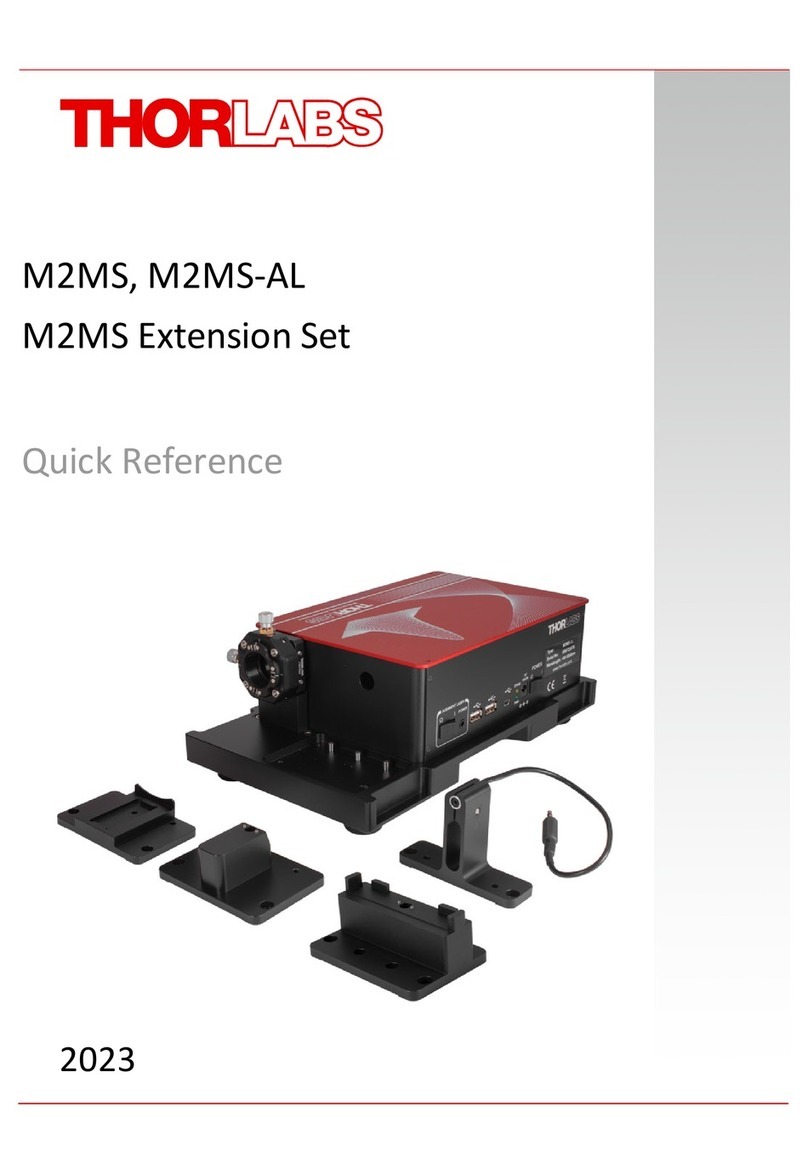
THORLABS
THORLABS M2MS User manual

THORLABS
THORLABS PM100D User manual
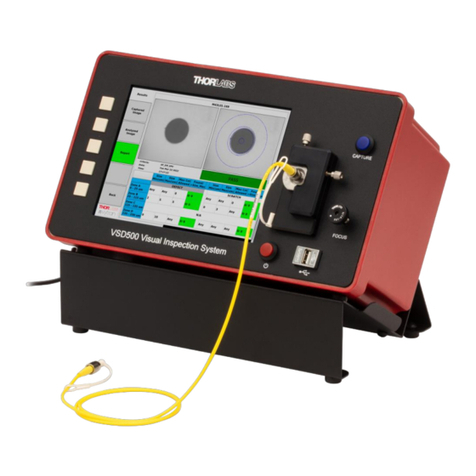
THORLABS
THORLABS VSD500 User manual
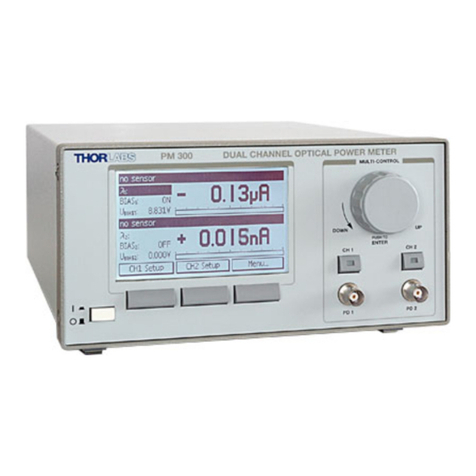
THORLABS
THORLABS PM300 User manual
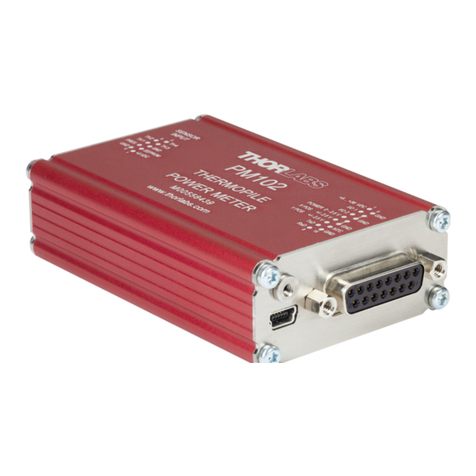
THORLABS
THORLABS PM102 User manual
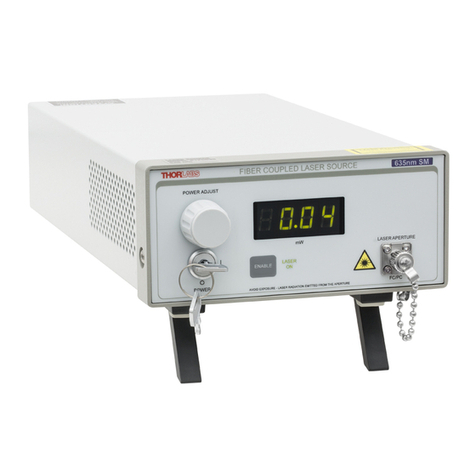
THORLABS
THORLABS S1FC635 User manual
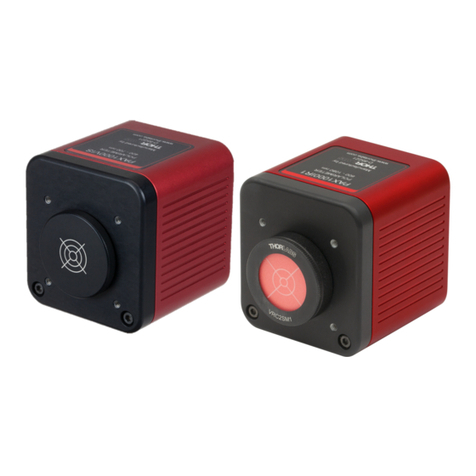
THORLABS
THORLABS PAX1000 User manual
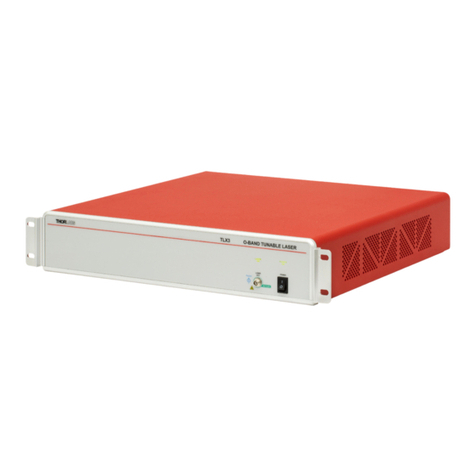
THORLABS
THORLABS TLX3 User manual
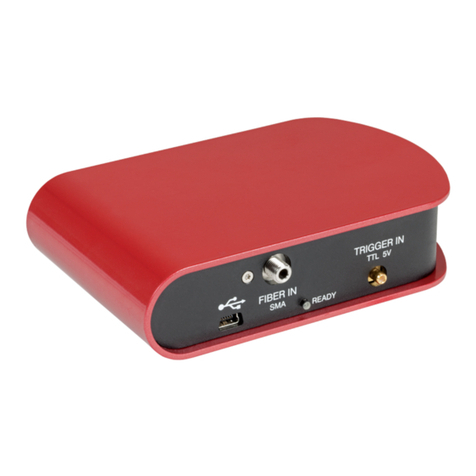
THORLABS
THORLABS CCS Series User manual
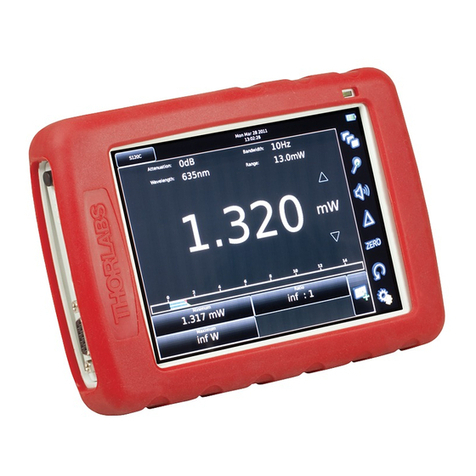
THORLABS
THORLABS PM200 User manual
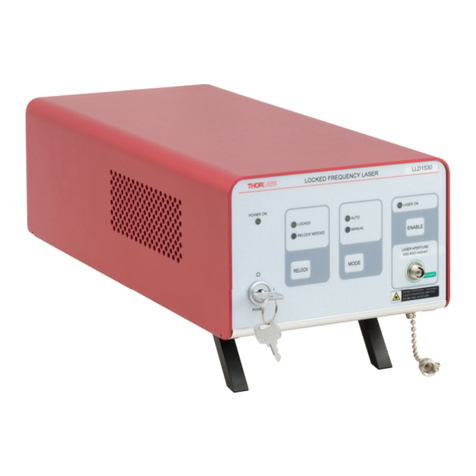
THORLABS
THORLABS LLD1530 User manual
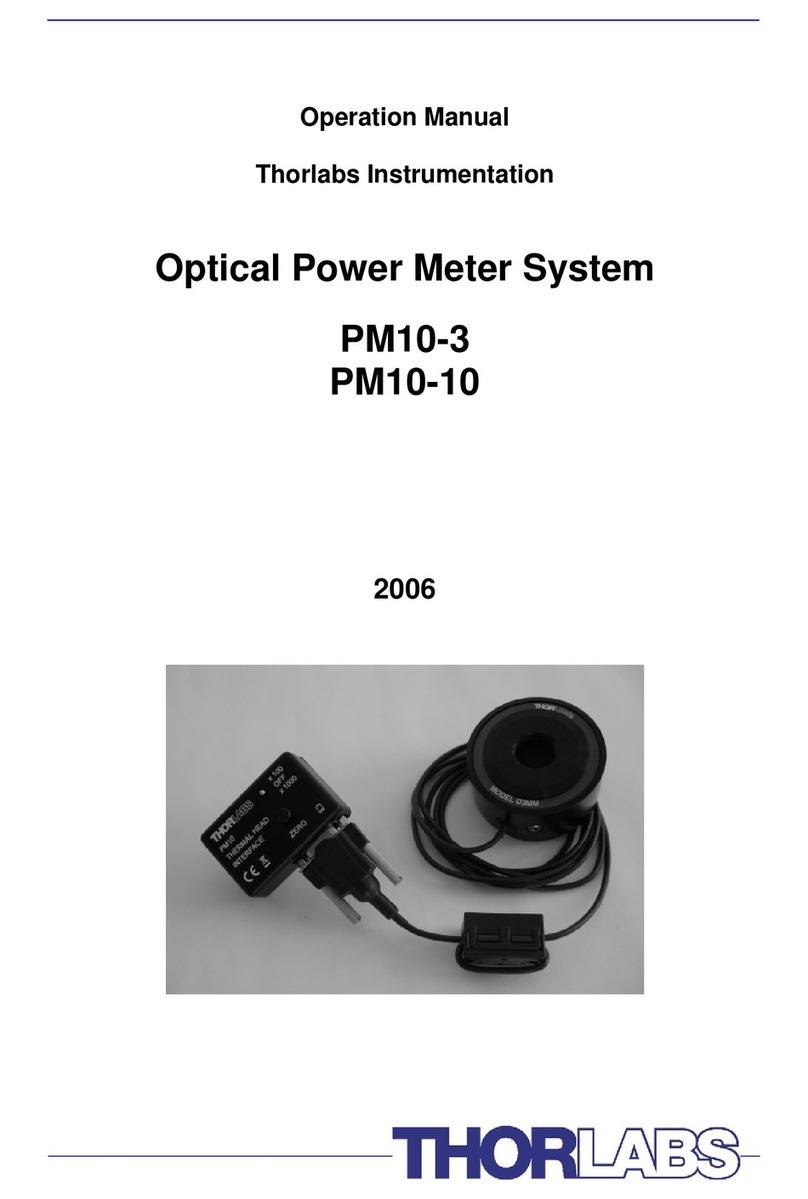
THORLABS
THORLABS PM10-3 User manual
Popular Measuring Instrument manuals by other brands

Powerfix Profi
Powerfix Profi 278296 Operation and safety notes

Test Equipment Depot
Test Equipment Depot GVT-427B user manual

Fieldpiece
Fieldpiece ACH Operator's manual

FLYSURFER
FLYSURFER VIRON3 user manual

GMW
GMW TG uni 1 operating manual

Downeaster
Downeaster Wind & Weather Medallion Series instruction manual

Hanna Instruments
Hanna Instruments HI96725C instruction manual

Nokeval
Nokeval KMR260 quick guide

HOKUYO AUTOMATIC
HOKUYO AUTOMATIC UBG-05LN instruction manual

Fluke
Fluke 96000 Series Operator's manual

Test Products International
Test Products International SP565 user manual

General Sleep
General Sleep Zmachine Insight+ DT-200 Service manual
